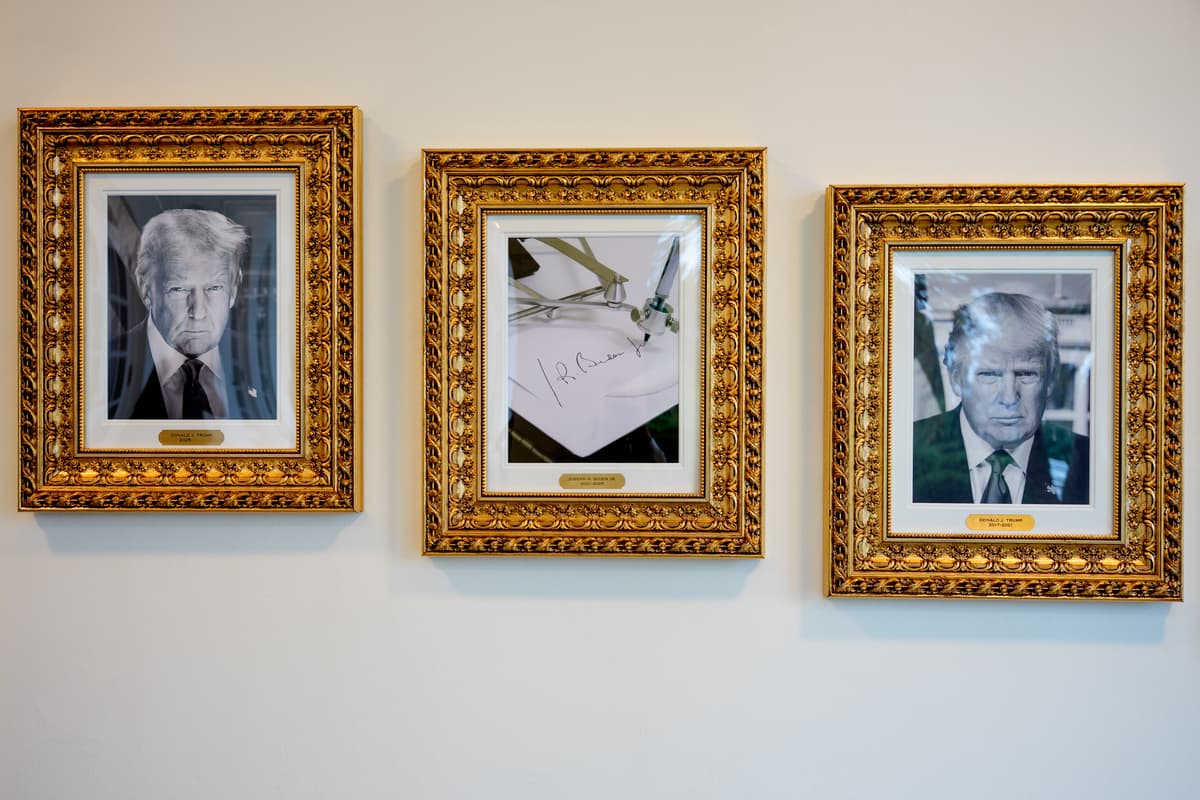How Republicans Want To Probe Biden’s Use of the Autopen To Sign Pardons
We forgive them.

House Republicans want to probe President Biden’s use of the autopen during his tenure at the White House, suggesting that many of the former commander in chief’s pardons are “void.” The concern among members of the House Oversight Committee is that Mr. Biden’s impairments left him incapable of making decisions on his own. Yet the Constitution and Supreme Court precedent suggest that this will be a tough row for the GOP to hoe.
The panel’s report argues that “decline, delusion, and deception” were the hallmarks of a “Biden Autopen Presidency.” That echoes President Trump’s recent gag in which, in a new “Presidential Walk of Fame” outside the Oval Office, Mr. Biden’s portrait is replaced by an image of the former president’s signature made via autopen. Mr. Biden, for his part, avers that “I made every decision” regarding the pardons that emerged in the waning days of his presidency.
The House Republicans, though, gripe that there is no record of Mr. Biden making the pardon decisions. Hence their call for Attorney General Pam Bondi to investigate whether the pardons were “duly authorized.” The insinuation, the Times reports, is that the House report is meant “to be used as grounds for a future prosecution by the Justice Department.” It’s hard to anticipate whether such a case would prosper at the Supreme Court.
After all, as far back as 1866, the Nine, during Andrew Johnson’s presidency, shrank from the prospect of delimiting the power of the commander in chief where clemency is concerned. The Constitution, the high court reported, says the president “shall have power to grant reprieves and pardons for offences against the United States, except in cases of impeachment.” The Nine added: “The power thus conferred is unlimited, with the exception stated.”
Nor, the Nine by five to four found in Ex Parte Garland, can Congress “limit the effect” of a presidential pardon. That was in 1867. This “benign prerogative of mercy reposed” in the president “cannot be fettered by any legislative restrictions,” the high court held. Yet the Congressional Research Service says the legislature “does have constitutional tools at its disposal to address the context in which the President’s pardon power is exercised.”
Those tools, per the CRS include “oversight, constitutional amendment, or impeachment.” As for federal courts, they have “been reticent to weigh in on clemency matters within the purview of the executive branch,” the researchers add, “particularly given separation-of-powers constraints inherent in the Constitution’s structure.” Yet questions over the use of the autopen could scratch new ground, legally speaking.
When it comes to using the autopen to sign a law, a memorandum opinion issued in 2005 by the Justice Department’s Howard Nielson found that the president needn’t “personally perform the physical act of affixing his signature to a bill he approves and decides to sign in order for the bill to become law.” President Obama took advantage of that in 2011 to extend the Patriot Act while he was traveling in Europe, raising hackles among the GOP.
In 2013, Mr. Obama again deployed the autopen to sign legislation averting a so-called “fiscal cliff.” In both cases, the robotic signature was deemed valid. That finding, though, could be ripe for new scrutiny by federal courts. Will it prove the case for pardons? In 1929 the solicitor general wrote in a memo to the Attorney General that “neither the Constitution nor any statute prescribes the method by which executive clemency shall be exercised or evidenced.”

